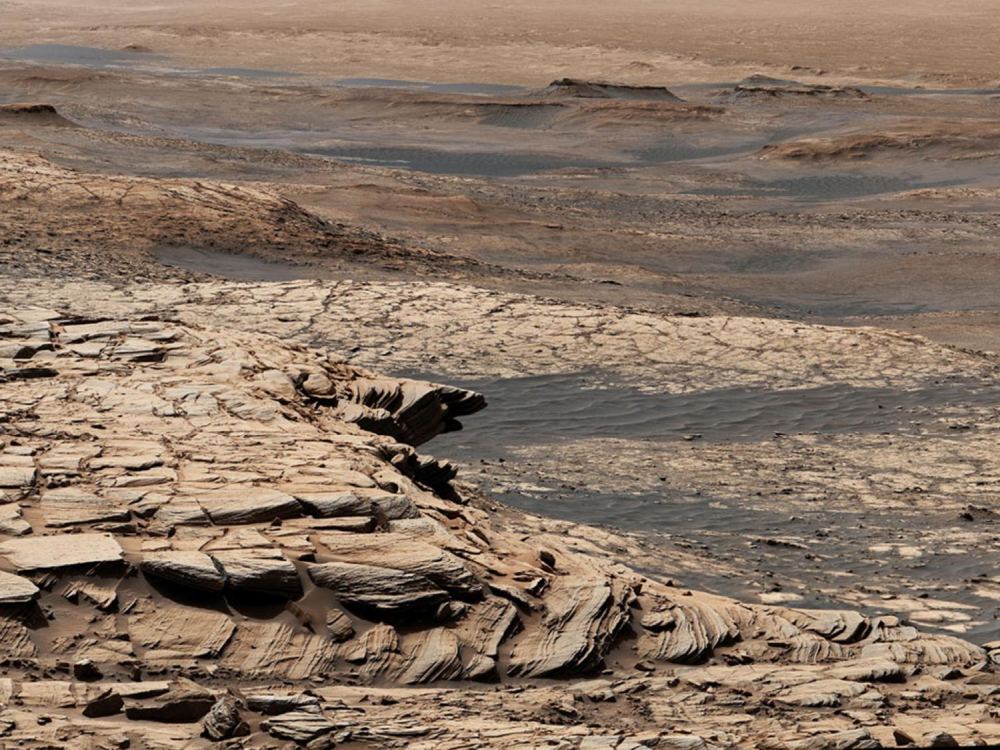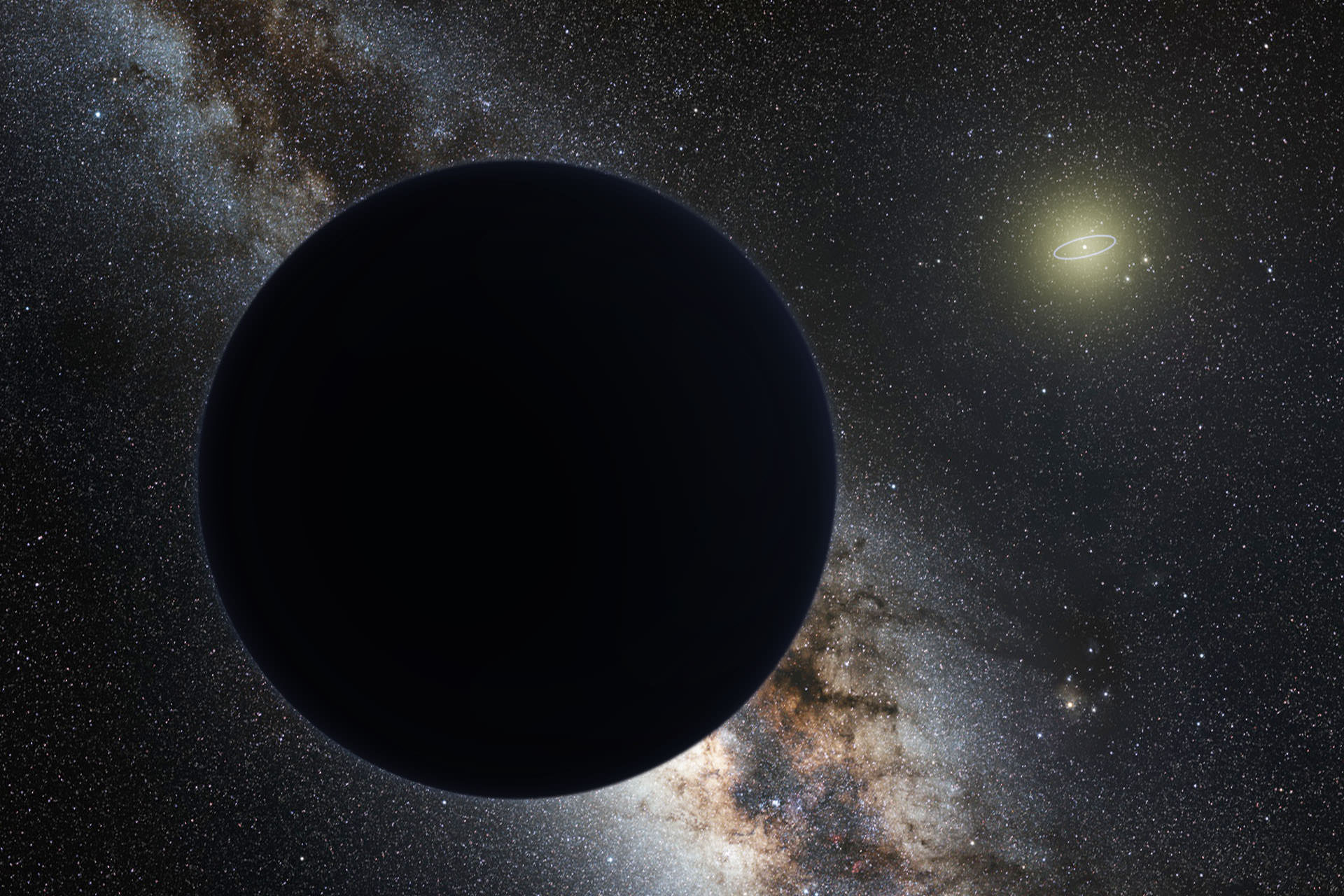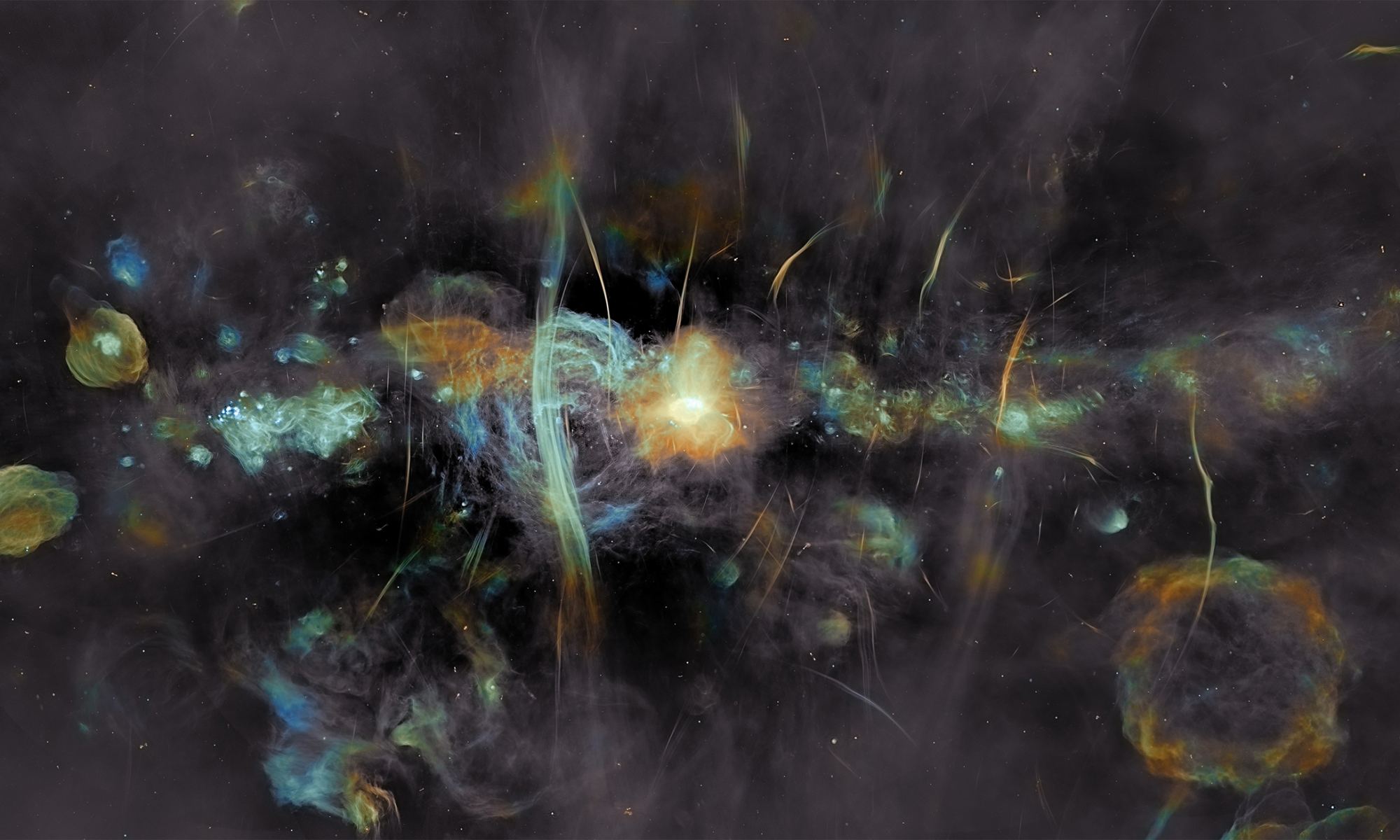We have been spoiled over recent years with first the Hubble Space Telescope (HST) and then the James Webb Space Telescope (JWST.) Both have opened our eyes on the Universe and made amazing discoveries. One subject that has received attention from both is the derivation of the Hubble Constant – a constant relating the velocity of remote galaxies and their distances. A recent paper announces that JWST has just validated the results of previous studies by the Hubble Space Telescope to accurately measure its value.
Continue reading “James Webb Confirms Hubble’s Calculation of Hubble’s Constant”What Should Light Sails Be Made Out Of?
The Breakthrough Starshot program aims to cross the immense distances to the nearest star in just decades. Using a high-powered laser to propel a reflective sail technology to relativistic speeds is their mission. The selection of sail material is key to its success as it must be lightweight while being able to withstand acceleration and radiation from the laser. A recent study explores various materials and proposes that core-shell structures—spherical particles composed of two different materials—could be a promising solution.
Continue reading “What Should Light Sails Be Made Out Of?”A Giant Meteorite Impact 3.26 Billion Years Ago Helped Push Life Forward
The Earth has always been bombarded with rocks from space. It’s true to say though that there were more rocks flying around the Solar System during earlier periods of its history. A team of researchers have been studying a meteorite impact from 3.26 billion years ago. They have calculated this rock was 200 times bigger than the one that wiped out the dinosaurs. The event would have triggered tsunamis mixing up the oceans and flushing debris from the land. The newly available organic material allowed organisms to thrive.
Continue reading “A Giant Meteorite Impact 3.26 Billion Years Ago Helped Push Life Forward”America’s Particle Physics Plan Spans the Globe — and the Cosmos

RALEIGH, N.C. — Particle physicist Hitoshi Murayama admits that he used to worry about being known as the “most hated man” in his field of science. But the good news is that now he can joke about it.
Last year, the Berkeley professor chaired the Particle Physics Project Prioritization Panel, or P5, which drew up a list of multimillion-dollar physics experiments that should move ahead over the next 10 years. The list focused on phenomena ranging from subatomic smash-ups to cosmic inflation. At the same time, the panel also had to decide which projects would have to be left behind for budgetary reasons, which could have turned Murayama into the Dr. No of physics.
Although Murayama has some regrets about the projects that were put off, he’s satisfied with how the process turned out. Now he’s just hoping that the federal government will follow through on the P5’s top priorities.
Continue reading “America’s Particle Physics Plan Spans the Globe — and the Cosmos”Millions of Phones Could Map the Earth’s Ionosphere
We are all familiar with the atmosphere of the Earth and part of this, the ionosphere, is a layer of weakly ionized plasma. It extends from 50 to 1,500 km above the planet. It’s a diffuse layer but sufficient to interfere with satellite communications and navigation systems too. A team of researchers have come up with an intriguing idea to utilise millions of mobile phones to help map the ionosphere by relying on their GPS antennas.
Continue reading “Millions of Phones Could Map the Earth’s Ionosphere”Detecting Primordial Black Hole Mergers Might be Within Our Grasp
Imagine a black hole with the mass of the asteroid Ceres. It would be no larger than a bacterium and practically undetectable. But if such black holes are common in the Universe, they would affect the motions of stars and galaxies, just as we observe. Perhaps they are the source of dark matter.
Continue reading “Detecting Primordial Black Hole Mergers Might be Within Our Grasp”What’s Behind the Martian Methane Mystery?

The seasonal variations of methane in the Martian atmosphere is an intriguing clue that there might be life hiding under the surface of the red planet. But we won’t know for sure until we go digging for it.
Continue reading “What’s Behind the Martian Methane Mystery?”Scientists Develop Technique to Create 3D Models of Cosmic Structures
For decades, astronomers have used powerful instruments to capture images of the cosmos in various wavelengths. This includes optical images, where visible light is observed, and images that capture non-visible radiation, ranging from the radio and infrared to the X-ray and Gamma-ray wavelengths. However, these two-dimensional images do not allow scientists to infer what the objects look like in three dimensions. Transforming these images into a 3D space could lead to a better understanding of the physics that drives our Universe.
In a recent study, an international team of researchers led by the Minnesota Institute for Astrophysics (MIfA) at the University of Minnesota announced the development of a new technique for radio astronomy. This first-ever technique reconstructs radio images into three-dimensional “Pseudo3D cubes” that allow astronomers to get a better idea of what cosmic structures look like. This technique could lead to an improved understanding of how galaxies, massive black holes, jet structures, and the Universe work.
Continue reading “Scientists Develop Technique to Create 3D Models of Cosmic Structures”The Best Way to Find Planet Nine Might Be Hundreds of Tiny Telescopes

Ever since William Herschel discovered Uranus in 1781, astronomers have been eager to find new planets on the outer edge of the solar system. But after the discovery of Neptune in 1846, we’ve found no other large planets. Sure, we discovered Pluto and other dwarf planets beyond it, but nothing Earth-sized or larger. If there is some planet nine, or “Planet X” lurking out there, we have yet to find it.
Continue reading “The Best Way to Find Planet Nine Might Be Hundreds of Tiny Telescopes”It Takes Very Special Conditions to Create This Bizarre Stellar Spectacle

A stellar odd couple 700 light-years away is creating a chaotically beautiful display of colourful, gaseous filaments. The Hubble captured the pair, named R Aquarii, and their symbiotic interactions. Every 44 years the system’s violent eruptions blast out filaments of gas at over 1.6 million kilometers per hour.
Continue reading “It Takes Very Special Conditions to Create This Bizarre Stellar Spectacle”





